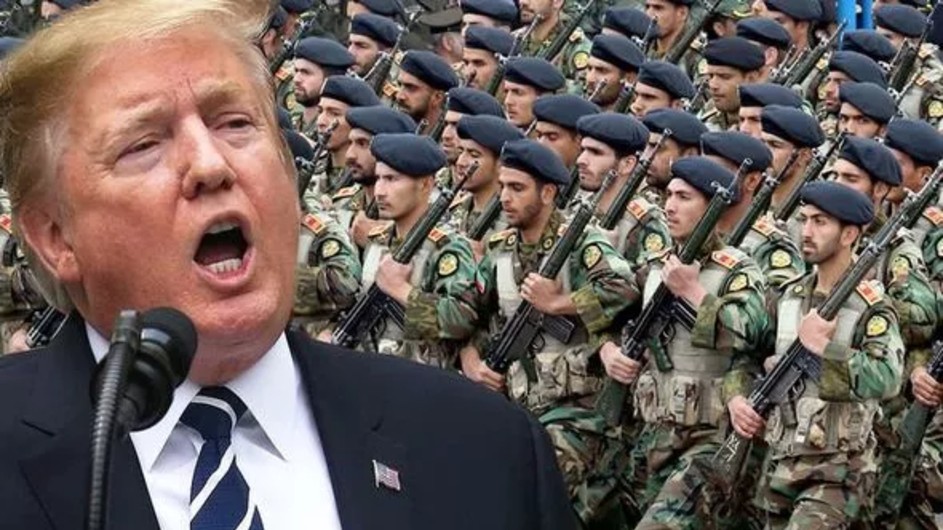Can the U.S. and Iran Avert a Military Confrontation?
While Iran is weighing its options, the Trump administration seems to lean toward containment.

The Iranian government announced this past weekend that it breached several important limits in the nuclear deal Iran agreed to and signed in 2015. This comes less than three weeks after Iran shot down an American surveillance drone pushing the United States to the edge of military retaliation, and the July 4 British seizing of an Iranian supertanker, off the coast of Gibraltar, carrying crude oil to Syria. To appreciate the stakes in this escalating crisis, it is important to understand the history and the options facing the U.S.
Hostilities between the U.S. and Iran have existed since 1979-1980 when 52 American diplomats and citizens were held hostage for 444 days. That crisis was the result of deeply held anti-American sentiment integral to the ideology of the Islamic Republic of Iran that shaped bilateral relations in the ensuing decades. (Iran or its proxies may well have killed hundreds of U.S. military personnel in Saudi Arabia, Lebanon and Iraq as the U.S. alleges.) The 1988 naval battle after Iran attacked a U.S. warship in the Persian Gulf culminated in extensive damage to Iran’s fleet. Iran is willing to incur enormous costs for its antagonism to the U.S., as its refusal to host a US embassy on its soil suggests. As a result, tensions are likely to continue.
Getting Real About Iran
Washington’s Iran policy is not incoherent. The weight accorded to four different U.S. priorities – nuclear nonproliferation, regional stability and counterterrorism, human rights and democracy promotion inside Iran, as well the normalization of U.S.-Iran relations – has determined relations between the two countries for four decades. Today there is no appetite for normalization in Tehran and no appetite in Washington for nation-building. The Obama administration’s Iran deal suggests that a singular focus on nuclear issues exacerbated other problems. Thus the remaining strategy is to push back against Iranian forces in the region to contribute to regional stability. The Trump administration’s decision not to retaliate against the drone strike suggests the goal now is containment, including tighter restrictions on its conventional and nuclear programs.
Trump hopes that imposing pressure through economic sanctions will force Iran to the negotiating table. Iran seems willing to risk a messy, limited conflict to derail those sanctions. But if Iran intensifies its military actions, the U.S. will be pressured to respond. It should do so while restoring its relationships with a broader range of allies who share interests in the stability in the Persian Gulf.
It is unclear whether the current U.S. administration can avert a military confrontation if Iran refuses to renegotiate, resumes its nuclear program or retaliates against Western assets. For the moment the ball is in Iran’s court.

Kian Tajbakhsh is senior advisor to the Executive Vice President for Global Centers and Global Development at Columbia University, a fellow with Columbia’s Committee on Global Thought, and a professor of Urban Planning and Urban Studies specialized in local government reform, civil society capacity building and international public policy.
This column is editorially independent of Columbia News.